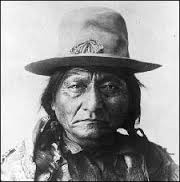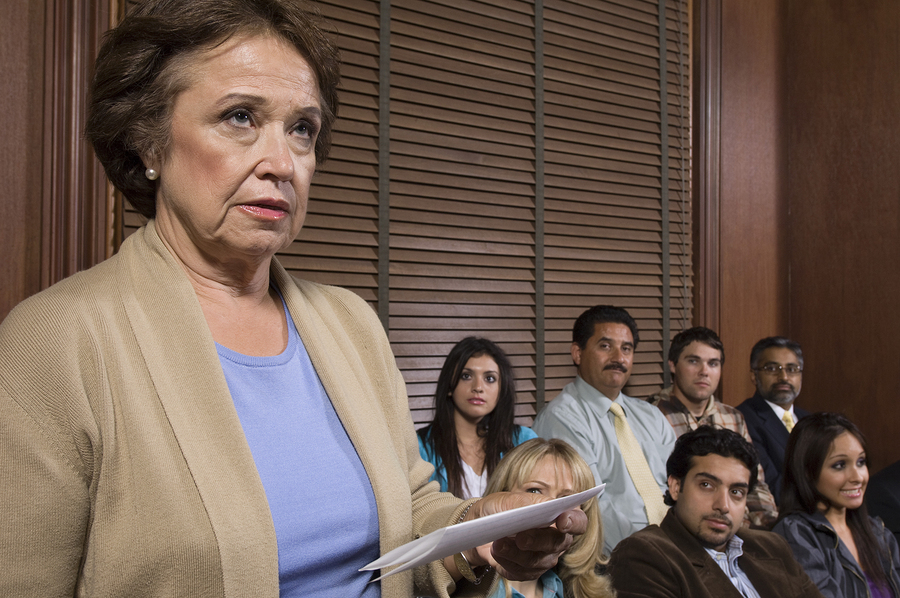
The Lakota warrior and chief known as Tatanka Iyotake, and as Sitting Bull to the white man, did not display heroism and leadership throughout his life. When he was a young member of the Teton Sioux, he was awkward and bore the nickname, “Slow.” Despite Slow having killed his first buffalo by age ten, he remained a boy because the Plains society required that he achieve success in battle through a courageous act.
When Slow was fourteen, he watched as his father and others left camp to attack their traditional enemies, the Crow. Slow was still small and too young to be skilled in the use of weapons, but he was anxious to win the respect due to a warrior. Deciding for himself it was time to become a man, Slow mounted a pony and pursued the war party. When he caught up, he announced to his father, “Today I will become a warrior.”
Slow’s father, not wanting to restrain his son’s spirit, welcomed him, instructed him on bravery and wisdom in battle, and handed him a coup stick with which he could strike an enemy and gain honor.
The Sioux set an ambush for the Crow. As the Crow party approached, Slow burst from cover and charged the Crow party. The surprised Crows retreated. Slow overtook the slowest Crow warrior, who dismounted and shot at Slow with his bow and arrow. The warrior missed, and Slow hit him with the coup stick, knocking him over. The rest of the Sioux arrived and killed the Crow warrior and routed the other warriors.
Upon returning to the camp, Slow’s father placed Slow on a strong horse and paraded him through the camp shouting, “My son has struck the enemy! His is brave! I name him Sitting Bull.”
The name was not a coincidence. Sitting Bull’s father had encountered a talking buffalo during a hunt. The buffalo recited the names of the four stages of the buffalo’s life, after which the Plains people modeled their own lives. The sitting bull was the first and youngest stage, and a name of great honor. Slow’s father had taken the name Jumping Bull after the experience. The “new name” bestowed on Slow represented that he had passed from boy to warrior.
I want to suggest to you that law school specifically, and society in general, fail to prepare one to step into the courtroom as a warrior. Unlike the Native American culture where major life changes were celebrated through elaborately staged ceremonies marking rites of passage, we graduate law students barely prepared to attend a bar review course and expect them to know how to try a case. Choruses bemoan that attorneys have lost the skills of the trial lawyer when an attorney, particularly in large firms, rarely goes to trial more than ten times during their entire career.
The rites of passage in Native American culture that marked the emergence of the candidate from training and established challenges to prepare him (it was always males) for rebirth as a new person – possessed of a new status, new wisdom, new identity, and a new name, commemorated the birth of a new member of the culture.
I suggest we adopt a changed vision of what trial is, and how we train people to step into the warfare we call trial. We attend law school with law school professors telling students how to try cases by reciting rules born of fear and the need to control: “Don’t ask a question you don’t know the answer to.” “Ask questions that can only be answered ‘yes’ or ‘no’.” “Always appear strong and in control.”
I call, “Bullshit.” I call “Double Bullshit.”
Continue reading “What Sitting Bull Would Teach Those Who Want to Be Trial Lawyers.”









